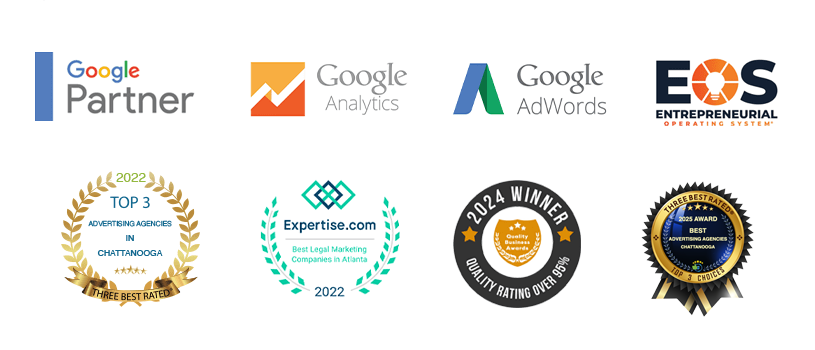In the dynamic landscape of digital marketing, the rise of chatbotshas heralded a new era in customer service. These intelligent virtual assistants are revolutionizing the way businesses interact with their audience, offering benefits in customer service, lead generation, and engagement. We will delve into the multifaceted advantages of chatbotsand provide actionable tips for implementing effective chatbotstrategies.
Introduction
In a world where instant gratification is the norm, businesses are turning to chatbotsto provide real-time, personalized interactions with their customers. Chatbots, powered by artificial intelligence, have become integral to digital marketingstrategies, offering a seamless and efficient way to enhance customer services.
The Benefits of Chatbotsin Customer Service
1. 24/7 Availability:
– Chatbotsensure round-the-clock availability, allowing businesses to cater to customers in different time zones. This accessibility enhances customer satisfaction by providing instant responses to queries and concerns.
2. Instant Responses:
– Speed is of the essence in the digital age. Chatbotsprovide instantaneous responses, addressing customer inquiries promptly. This not only enhances the customer experience but also contributes to higher customer retention rates.
3. Cost-Efficiency:
– Implementing chatbotscan lead to significant cost savings for businesses. By automating routine tasks and handling basic customer queries, companies can allocate human resources to more complex issues, optimizing overall operational efficiency in digital marketing.
The Role of Chatbotsin Lead Generation
1. Qualifying Leads Automatically:
– Chatbots can be programmed to ask qualifying questions during customer interactions, helping businesses identify potential leads. This automation streamlines the lead qualification process, enabling sales teams to focus on high-value prospects in digital marketing.
2. Personalized Engagement:
– By analyzing user interactions and preferences, chatbotscan deliver personalized content and recommendations. This tailored approach not only nurtures leads but also fosters a deeper connection between the brand and the customer.
3. Immediate Call to Action:
– Chatbotscan facilitate immediate actions, such as scheduling a demo, providing product information, or offering exclusive promotions. This instant engagement can significantly impact the conversion rateof leads into customers.
Enhancing Customer Engagement Through Chatbots
1. Interactive Customer Support:
– Chatbotsgo beyond traditional FAQ sections by providing interactive and engaging customer support. They can guide users through troubleshooting processes, offer product recommendations, and even simulate human-like conversations for a more natural interaction.
2. Feedback and Surveys:
– Implementing chatbotsfor feedback collection and surveys allows businesses to gather valuable insights directly from customers. By making the feedback process conversational and user-friendly, chatbotsencourage more users to participate, leading to a richer pool of data.
3. Gamified Interactions:
– Adding a touch of gamification to chatbotinteractions can enhance engagement. For example, a chatbotcould guide users through a quiz or a game while subtly collecting information that aids in personalization and customer profiling.
Tips for Implementing Successful ChatbotStrategies
1. Define Clear Objectives:
– Clearly outline the goals you want to achieve with your chatbot, whether it’s improving customer support, generating leads, or enhancing engagement. Align your chatbot’s functionalities with these objectives.
2. Understand Your Audience:
– Tailor your chatbot’s responses and interactions to match the preferences and language of your target audience. Understanding your customers’ needs ensures a more personalized and effectiveexperience amidst the rise of chatbots.
3. Continuous Learning and Improvement:
– Implement machine learning capabilities to enable your chatbotto learn from user interactions. Regularly analyze data to identify areas for improvement and update your chatbot’s responses based on feedback.
4. Human Touch in Conversations:
– Infuse a human touch into your chatbot’sconversations by incorporating humor, empathy, and natural language processing. This creates a more authentic and relatable interaction for users.
5. Integration with Other Systems:
– Ensure seamless integration of your chatbot with other systems, such as CRM software or e-commerce platforms. This integration enhances the chatbot’s capabilities and provides a holistic view of customer interactions.
Conclusion
As the digital marketinglandscape evolves, the rise of chatbots continues to redefine customer service, lead generation, and engagement. Businesses that embrace this technology stand to gain a competitive edge by delivering efficient, personalized, and interactive experiences. By understanding the benefits and implementing effective chatbot strategies, businesses can build stronger connections with their audience in the ever-evolving digital marketingera. The journey towards revolutionizing customer servicethrough chatbots has only just begun, and the possibilities are limitless.










